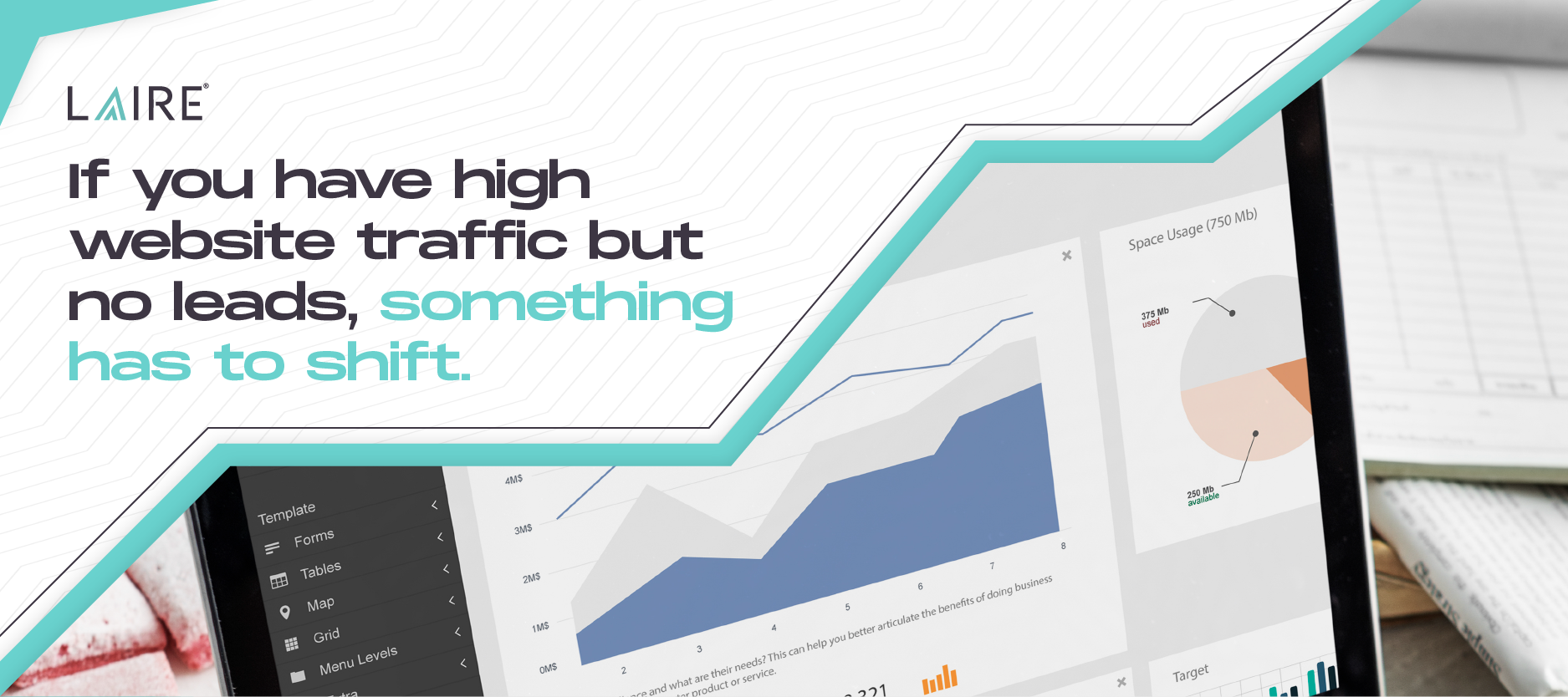With all the things on your plate running a home building business, it can be easy to overlook the benefits of digital marketing. As long as your crews are working efficiently and your customers are satisfied, why should you have to add something extra to your plate like digital marketing, right?
Why? The answer is simple: If you don't engage in digital marketing, your competition will.

The Importance of Digital Marketing for Home Builders
In today’s digital age, your customers are making judgments about your business before they even talk to you. They read customer reviews, scroll through your social media accounts, and visit your website to help them decide if they will even begin to engage with your business.
Your customers are online, and if you don't cater to your customers on the platforms they’re using, you’ll miss out on an opportunity to expand your customer base.
10 Types of Construction Marketing Data to Measure
Now you know why your home building business needs digital marketing. Next, let’s explore the construction marketing metrics you need to track and analyze to understand your overall marketing health.
1. Website Traffic (By Source)
Website traffic is the number of visitors your website receives in a set time frame. You can filter your website traffic by source, date, and platform to help you make better data-driven decisions in the future.
Types of Website Traffic Sources
- Organic Search: Users found your website through a search engine like Google, Bing, or Yahoo.
- Direct: A user "directly" typed your business's URL into the search bar.
- Referral: Users clicked a link on another site that directed them to your specific URL.
- Social: A user found your website via a link on social media.
- Paid: Your audience landed on your site through paid advertising like display ads or shopping ads.
2. Average Session Duration
This Google Analytics metric will display the average amount of time a single user spends on your website before exiting or after 30 minutes of inactivity. The more engaging and helpful your website is, the longer your audience will stay. If your website is confusing and difficult to navigate, your average session duration will be shorter.
Making the website user experience easy to digest and simple is critical to keeping your audience engaged with the content on your site. Refreshing or redesigning your site could increase your average session duration. Have you reviewed your website recently?
3. Bounce Rate
In addition to tracking how long users stay on your site, your bounce rate is another great metric to review. A bounce rate is the number of users who end up on your site but automatically leave your site soon after entering.
How to Lower Your Bounce Rate
- Incorporate Internal Links: Adding clickable links to other pages on your site will encourage the user to stay longer.
- Refresh/Add Images: If you don't have any original photos from your business, there are many stock photo websites that you can use for imagery. Our favorites include Canva, Pexels, and Unsplash. Want to know the best part? These stock image websites are free.
- Write Engaging Copy: Website copy and blogs should reflect your business's brand voice and write to cater to your target audience or buyer persona.
4. Conversion Rate
So after you analyze how many users are on your site, how do you know if they are converting into leads? If you have high website traffic but no leads, something has to shift.

Your conversion rate will show your website traffic compared to the amount that converted to lead status on your website.
For example, let's say you have 10,000 users on your website, and 250 became a lead. You would divide 250 by 10,000, which equals 0.025. You would then take the 0.025 and multiply it by 100 to get a conversion rate of 2.5%. The standard conversion rate is 2%.
5. Email Open Rate
Email marketing is an important piece of your ongoing marketing initiatives. Your email open rate is the number of emails opened compared to the number of emails sent. To increase your open rate, try A/B testing different subject lines to entice subscribers to open your emails.
6. Email Click-Through Rate
Your email click-through rate is the percentage of people who clicked on a link in the email out of those who opened it.
Click-through rate gives your business a snapshot of the email campaign's success. Did your audience do what the email wanted them to do? Did they click on a button or text link to get more information?
7. Social Engagement
There are numerous metrics you can look at when analyzing social media performance, but the most important is social engagement. Social engagement is the number of followers or viewers that interact with your posts. Liking and commenting on a post are examples of social engagement.
Engagement shows that your audience finds your posts interesting, and it also increases brand awareness. The more your audience interacts with your posts, the more likely they will remember your brand in the long run.
8. Cost Per Lead
Do you know how much it costs to acquire a lead? This is a critical piece you must formulate to be able to find out your projected return on investment (ROI).
To find your cost per lead, divide your marketing cost by your total leads for a given period. For example, if you spent $200 on marketing and acquired 40 leads, your cost per lead would be $5.
9. Lead to Close Ratio
The lead-to-close ratio is an important sales metric that compares the number of leads your business has to the number that converted into a customer. This can be found by dividing the total number of sales by your total number of leads.

This metric is important not only for your sales team but for marketers as well so both sides can figure out how to propel the business forward.
10. Projected Return on Investment
Return on investment is the biggest metric that business owners want to know. They want to always make more than they are spending so they can continue to be profitable.
To find your projected ROI, simply compare your cost per lead to the lead-to-close ratio.
Set Your Home Building Business Up for Success
Now that you know what marketing metrics to look at, what's next? A Marketing Action Plan by LAIRE® will help you understand your marketing path to grow your home-building business.
Do you have a content strategy or a website that best represents your business? If the answer is no, don't sweat. LAIRE is here to help. The first step to your marketing journey is to maximize your website presence.
Get a free website audit now so we can work together to take your business to the next level.


